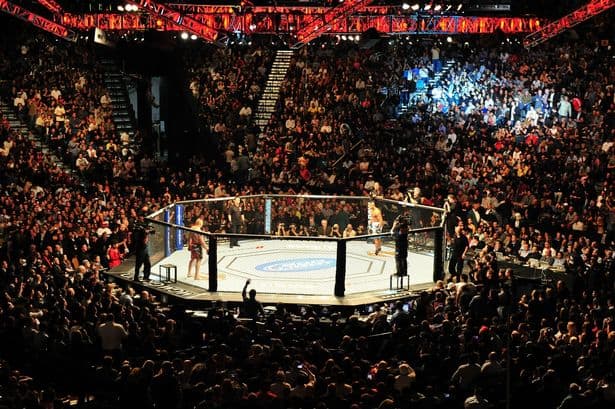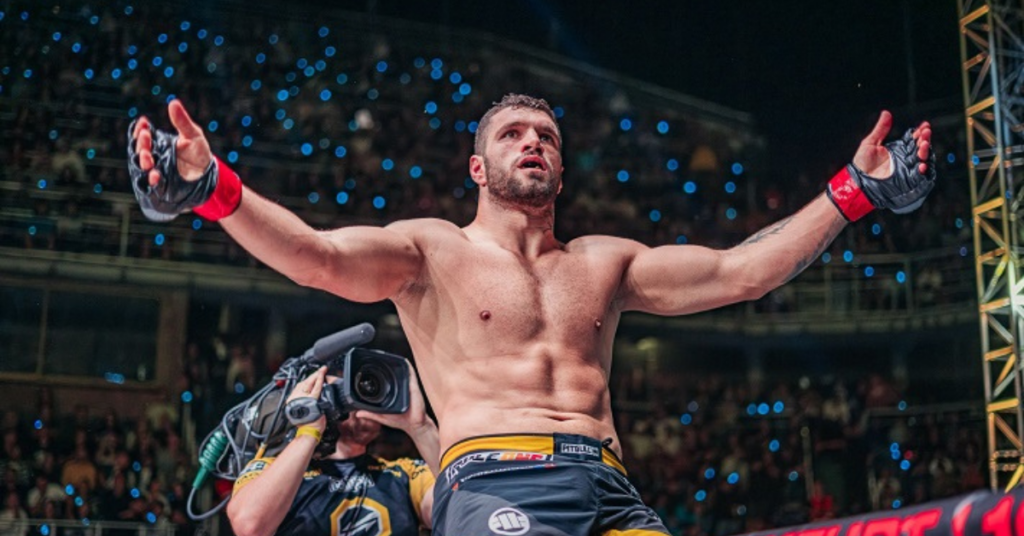Big Changes Made To USADA’s Anti-Doping Policy

After the controversy surrounding the UFC for granting an exemption from the four-month window to former UFC heavyweight champion Brock Lesnar to come back and fight Mark Hunt at UFC 200 last July, which led to Lesnar failing two drug tests for PEDS, The U.S. Anti-Doping Agency, which partners with the UFC, has revised its anti-doping rules. USADA has made some big changes that will make it easier for a new fighter as well as one who has been released to return to octagon while making it more difficult for those who are coming out of retirement. The news rules go into effect April 1.
“The policy updates announced today are a direct reflection of our experiences, and the feedback we’ve received – from both athletes and the UFC – all of which we believe will give further confidence to competitors that they can step into the Octagon, compete clean and win,” USADA spokesperson Ryan Madden told MMAjunkie in a prepared statement.
Pending cases will still be subject to the previous iteration of the rules except in certain cases where the current rules “would be more beneficial to the athlete or other person” or an arbitrator decided the circumstances of a case warranted using the new one. There’s no doubt, USADA is adapting based on the situations it’s encountered since the UFC anti-doping policy was put into effect in July 2015.
A returning fighter will be tested for four months. Those fighters who’ve been cut also need one month’s worth of testing, but the rule can be waived in the case. Newly signed fighters will still be tested for one month before being able to fight. When it comes to a fighter coming out of retirement, things get more hard as the four-month window has now been extended to six months, with USADA requiring a written notice of intent to return. Fighters who have a history of performance-enhancing drug use may have to give two clean drug tests during that window.
At the end of the day, the change signals that USADA is getting more serious about letting returning fighters to attempt the same issues that they had with Lesnar. Keep in mind that USADA retains the right to waive the six-month window in “exceptional circumstances or where the strict application of that rule would be manifestly unfair to an athlete.” The in-competition period starts at noon the day before a UFC event and ends after a fighter has been tested. USADA now has up to one hour after a fighter has been medically cleared to get an in-competition sample.
USADA also is backing off on the definition of people who are prohibited from associating with a suspended athlete following them warning Valerie Letourneau for training with Hector Lombard in preparation for her bout against Joanna Jedrzejczyk at UFC 193.






